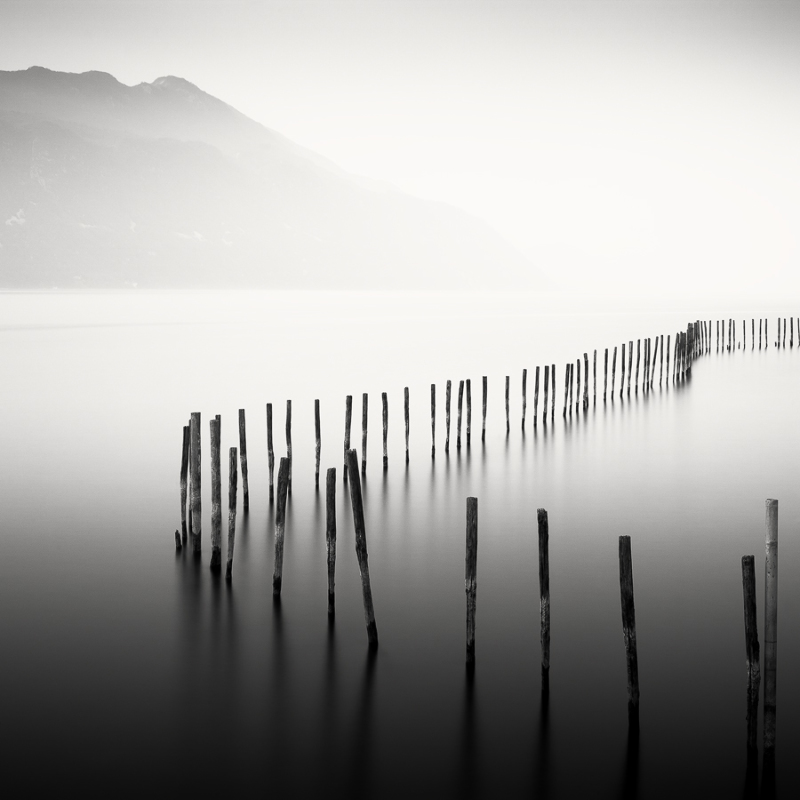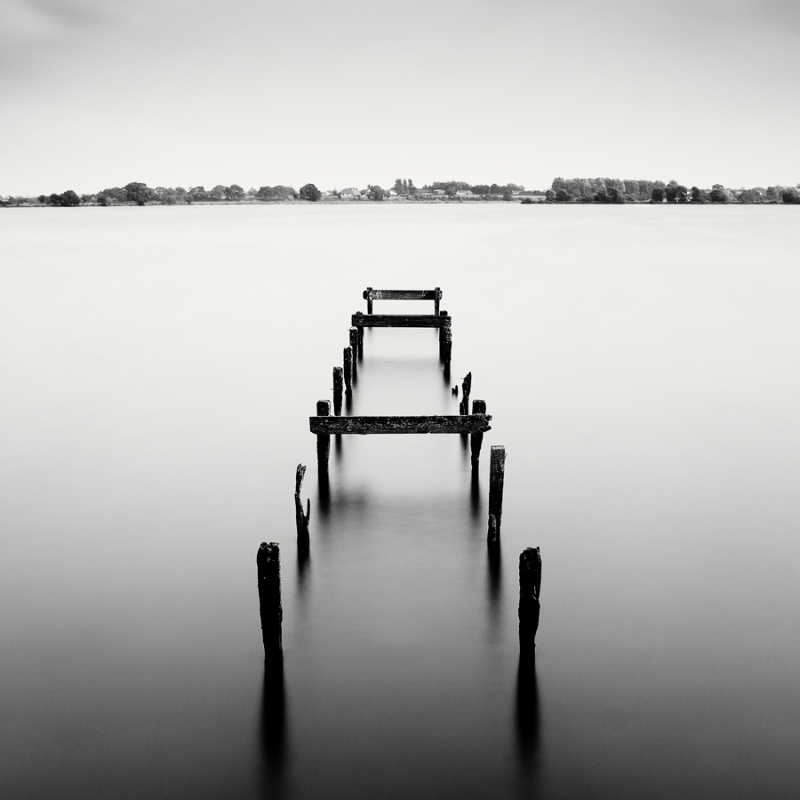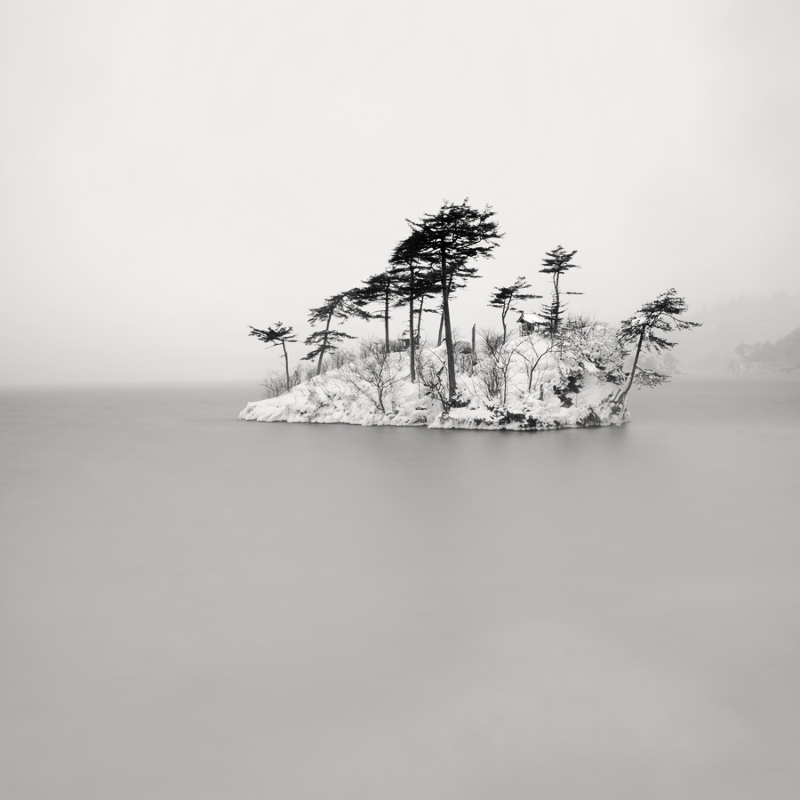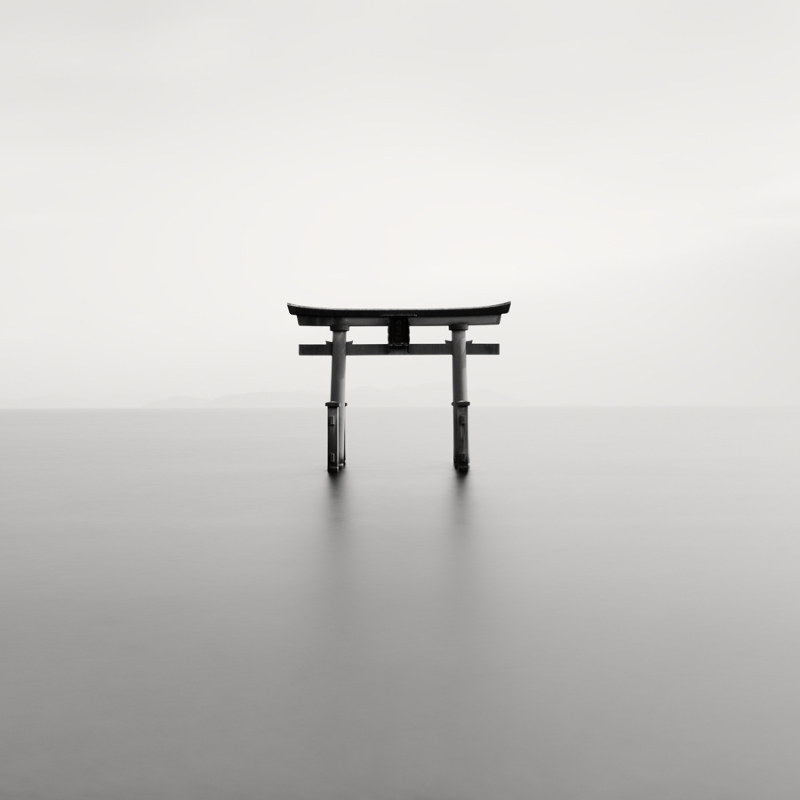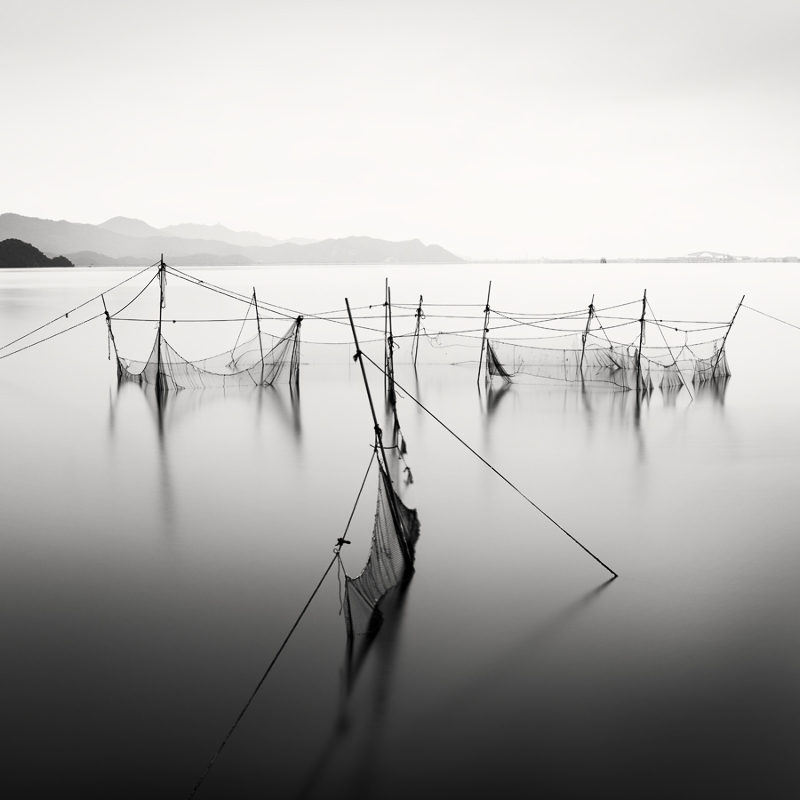Lakes - From Leman to Biwa
-
Prize
-
PhotographerOlivier Robert, France
This project depicts a personal approach about the aesthetically
pleasing value of the objects built or abandoned on the
lakeshores and the way they pertain to the landscapes.
Over time, the traces left by humans above the water deeply
affect the perception of the landscapes one can have. Somehow,
they are the witness of the past or of customs and bring a real
added-value to the way we are enjoying the waterscapes,
whether it be on the lakes shores or on the coastlines.
To me, these objects are more constructive elements than
disruptive ones.
Consequently, my project try to highlight these constructions.
Using long exposures afford me an subjective way of describing
my perception of this architectural beauty.
This Lake project started 20 years ago alongside the Leman
Lake and continues in Japan for years.
Olivier Robert is a professional photographer and landscape architect sharing his life between Europe and Japan. Initiated very early into the world of photography and dark room, he got his first camera at the age of 15 (1985). At that time, he also discovered Asia. This intense experience has drastically influenced his way of life and his vision of the world. From then on, photography and Asian philosophy will be closely linked.
In 1994, he graduated from the Institute of Landscape Architecture in Belgium and left his native country for Switzerland. As he arrived in the Lake Geneva region in 1995, he started a photographic work about the lake. After some years, this work has become a personal project based on a deep fascination of the photographer for this lake. This project is still continuing 20 years after and has pushed him into visiting many other lakes in the world. Since 2004, he has devoted his work almost exclusively to landscapes and waterscapes using mainly long exposures.
For his continuous projects as well as family reasons, he often gets thoroughly across Japan looking for specific landmarks which convey timelessness, simplicity and sometimes mystery.
This approach has led him to the most remote places of the archipelago, through mountains, temples and shrines about which he has also carried out a photographic project on Buddhist statuary and sacred art for years. His work is deeply inspired by the Japanese ink-painting (sumi-e) and is closely related to many of its technical aspects. These elements strongly emphasize his compositions in which the suggestion prevails over the reality.
H. Takatsuka, Japan.
